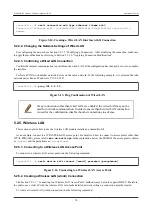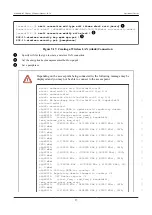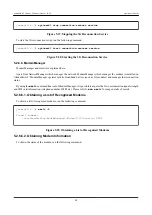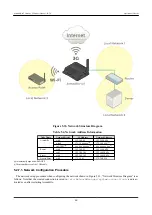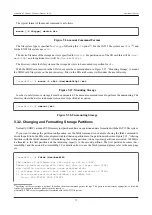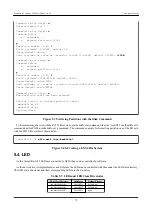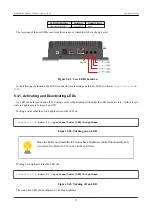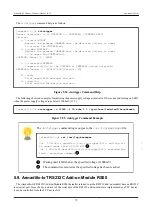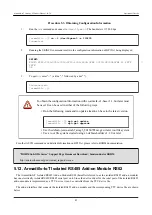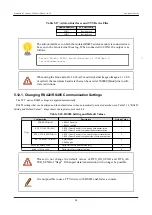
Figure 5.35. Armadillo Top Page
5.3. Storage
The following devices are available for use as storage on Armadillo-IoT.
Table 5.6. Storage Devices
Device Type
Disk Device
First Partition
Interfaces
SD/SDHC/SDXC Cards
/dev/mmcblk*
[a]
/dev/mmcblk*p1
SD Interface (CON4)
USB Flash Memory
/dev/sd*
[b]
/dev/sd*1
USB Host Interface (CON7)
[a]
When microSD/microSDHC/microSDXC cards are connected, they are labeled as mmcblk0, then mmcblk1 and so on in the order that they are detected.
[b]
When connecting multiple USB memory devices using a USB hub, they are labeled as sda, then sdb and so on in the order that they are detected.
5.3.1. Using Storage
The following explains how to use storage by using an SDHC card as an example.SD/SDHC/SDXC cards are referred
to as SD cards wherever the operations can be applied to any of them.
When using an SDXC/microSDXC card, it is necessary to format it in advance by
referring to Section 5.3.2, “Changing and Formatting Storage Partitions”. This is
because the Linux kernel cannot handle the exFAT file system. Normally, SDXC/
microSDXC cards which have just been purchased are formatted with the exFAT
file system.
On Linux all accessible files and directories are brought together in one tree structure. Adding the file system of a storage
device to this tree structure is called mounting. The mount command used to perform this mounting.
Armadillo-IoT Gateway G3Product Manual - INTL
Operational Checks
70

